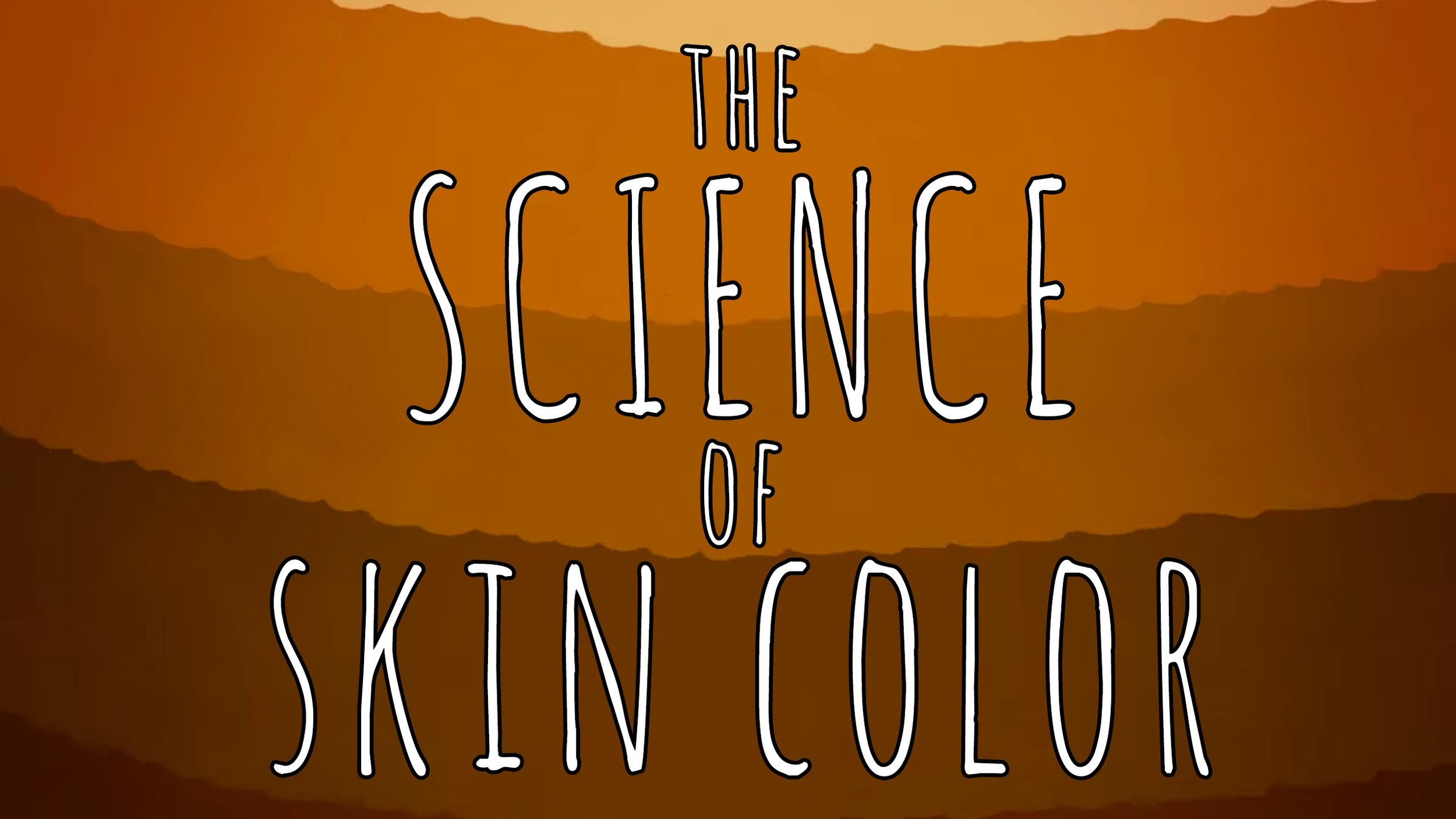Hox Genes
Description: Hox genes control the body plan of organisms with each hox gene coding for a specific body part. Hox gene mutations (e.g. a fruit fly with a leg in the place of an antenna) can lead to investigations on development. Similarities in hox genes across various animals can show phylogeny.
Web Resource: Hox genes - Wikipedia
The Potential And Ethics Of CRISPR
Description: CRISPR stands for Clustered Regularly Interspaced Short Palindromic Repeats. It is an immune system in bacteria that has been co-opted by scientists to create a powerful DNA editing tool. It is a powerful tool that can be used in research and may eventually eliminate certain diseases. However it also could allow humans to create designer babies and through the use of gene drives eliminate certain problem species (like mosquitoes) forever. CRISPR, as a new technology, can be used to give meaning to a unit on inheritance and variation.
Web Resources: CRISPR - Wikipedia, The Ethics of CRISPR - Fast Company
Hemingway’s Polydactyl Cats
Description: The author Ernest Hemingway was given a six-toed cat that his son named Snow White. His former home in Key West, Florida was turned into a museum and houses nearly 50 cats that are ancestors of this original cat. Cats with extra digits are called polydactyl cats and have inherited a dominant gene. Roughly half of the cats are polydactyl. This phenomenon could be used to study inheritance and variation.
Web Resources: Hemingway Cats: The Felines That Rule Papa's Key West Estate - Paw Culture, Polydactyl Cats - Wikipedia
Malaria and Sickle Cell Anemia
Description: Sickle-cell anemia is caused by a single nucleotide mutation in the β-globin gene of red blood cells. This creates incorrectly structured proteins and red blood cells with a characteristic "sickle" shape. This harmful mutation does not affect carriers of the disease. However this mutation can be beneficial in certain areas because it offers protection from malarial infections. This phenomenon can be used in a unit on genetics or evolution.
Web Resources: The Making of the Fittest: Natural Selection in Humans - HHMI, Sickle-cell Disease - Wikipedia
Shrew Caravan
Description: Shrews spend most of their lives underground and therefore have very poor eyesight. They rely primarily on their highly developed senses of smell and hearing. When a mother shrew wants to move all of her offspring from one location to another (particularly above ground) each shrew will hold onto the shrew in front forming a long caravan. This could be used as a phenomenon to introduce animal behaviors, especially those of a parent to ensure the safety of their offspring.
Web Resource: Common Shrew - Wikipedia
Why Do Humans Have Different Colored Skin?
Description: Human skin color can change in response to environmental changes (i.e. getting a sunburn or a suntan). However the root cause of our skin color is genetic and comes from our ancestors. UV radiation causes damage to the DNA in our cells and can lead to various forms of cancer. If your ancestors lived in an area that received large amounts of UV radiation (i.e. closer to the equator) humans evolved darker skin for protection through the process of natural selection. However light is also important since it allows humans to synthesize vitamin D. Therefore if your ancestors lived in an area that receives little light (i.e. near the poles) they evolved lighter skin.
Web Resources: Human Skin Color - Wikipedia, The Biology of Skin Color - HHMI






